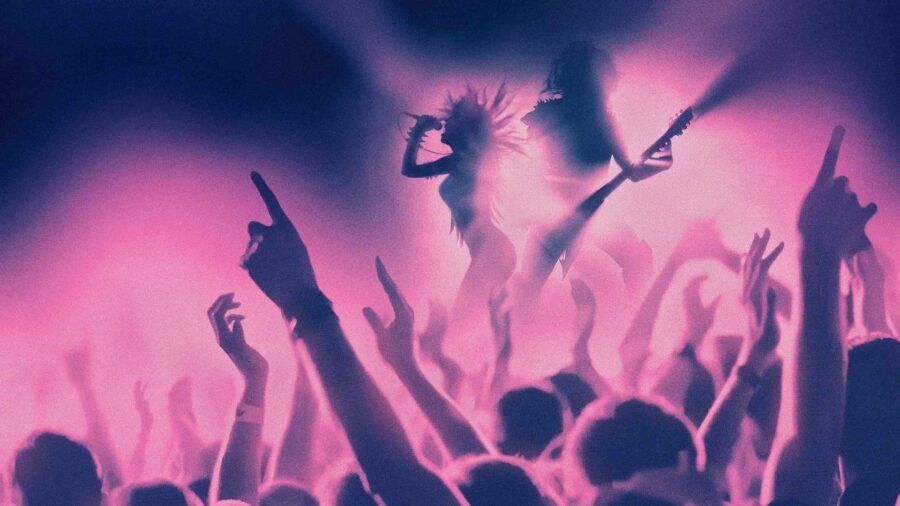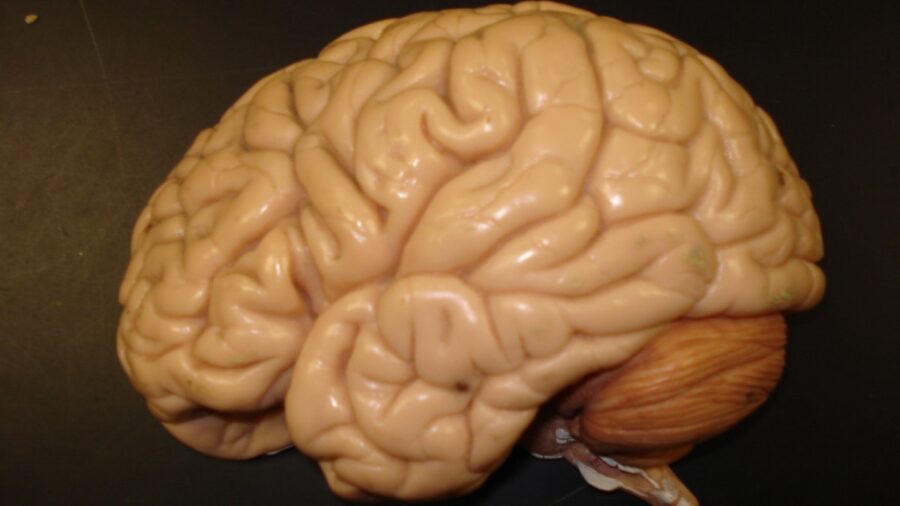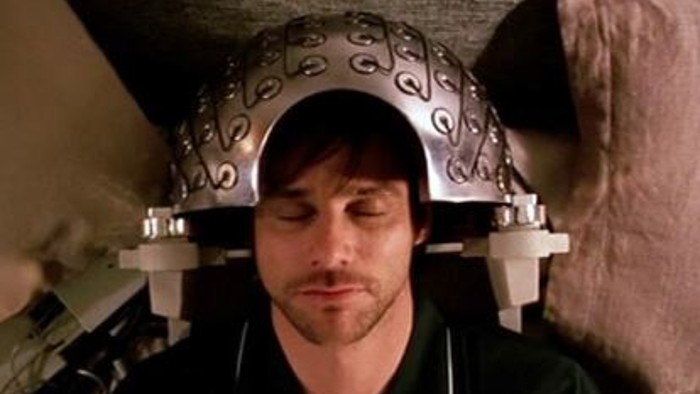Scientists Are Recreating Classic Rock Music From People’s Brain Waves

In a world where science continuously breaks barriers, the merging of neuroscience and music has taken an innovative turn. According to Science Alert, researchers were able to reconstruct a version of Pink Floyd’s “Another Brick in the Wall Part 1” from brain activity in the temporal lobe of listeners. This was achieved by studying the brains of volunteers as they tuned into the iconic track.
The Pink Floyd classic “Another Brick in the Wall Part 1” is so catchy, researchers could study brain activity and recreate it out of brain waves.
Researchers at the University of California, Berkeley utilized artificial intelligence to decode signals from the brains of listeners to recreate the hit Pink Floyd song. The team highlighted this as the first instance of a song being reconstructed from brain activity recordings. While such algorithmic methods have previously recreated speech from brain scans, this is a pioneering effort for music.
Ludovic Bellier, a neuroscientist at the University of California, Berkeley, and his team wanted to explore how the patterns in the brains of people relate to musical elements such as pitch and harmony. They found that the superior temporal gyrus in the brain’s auditory complex is connected to rhythm. This area appears pivotal for music perception and comprehension.

To collect the required brain activity information, Bellier and his team conducted a study where they examined the activity from the brains of 29 epilepsy patients at Albany Medical Center in New York State between 2009 and 2015, who had electrodes implanted for their treatment. This unique situation allowed neuroscientists to capture brain responses as patients listened to music. Of the 2,668 electrodes recording brain activity, 347 were directly linked to musical perception.
Ludovic Bellier, a neuroscientist at the University of California, Berkeley, and his team wanted to explore how the patterns in the brains of people relate to musical elements such as pitch and harmony.
The researchers used machine learning, specifically a regression-based decoding model, to analyze the data of the volunteers’ brains. Computer algorithms determined correlations between the played music and brain activity. They reversed this process to identify “Another Brick in the Wall” from brain responses, resulting in a recognizable but slightly distorted rendition of the track.
Bellier and his team believe that their research can deepen understanding of how brains respond to music and may lead to prosthetics enhancing rhythm and melody perception in speech. This advancement is significant for professionals aiding those with severe neurological damage, like amyotrophic lateral sclerosis, which Stephen Hawking had. The findings could facilitate more natural-sounding communication through brain-computer interfaces for those affected by strokes, paralysis, or other verbal challenges.

Bellier’s team is not alone in harnessing artificial intelligence for the research of brains. Melbourne’s Cortical Labs secured a $600,000 grant to explore merging AI with brain cells. Adeel Razi, the project’s leader, envisions replacing silicon-based hardware with technology that combines AI and lab-grown human brain cells.
Bellier and his team believe that their research can deepen understanding of how brains respond to music and may lead to prosthetics enhancing rhythm and melody perception in speech.
Similar to the groundbreaking work by Bellier’s team, where they reconstructed music by analyzing the scanning of brains, numerous laboratories worldwide are harnessing the power of artificial intelligence to recreate images that subjects have recently seen, encompassing everything from human faces to expansive landscapes.
A notable advancement in this domain is the Stable Diffusion AI algorithm, which was developed and released in 2022 by a distinguished German research group. As these technologies continue to mature, scientists are filled with optimism, anticipating that such innovations will significantly broaden their horizons and offer new exploratory avenues in the dynamic field of cognitive neuroscience research.











